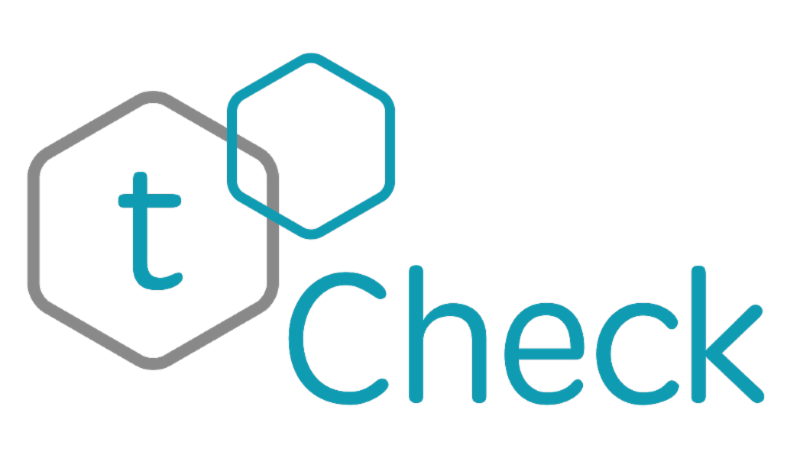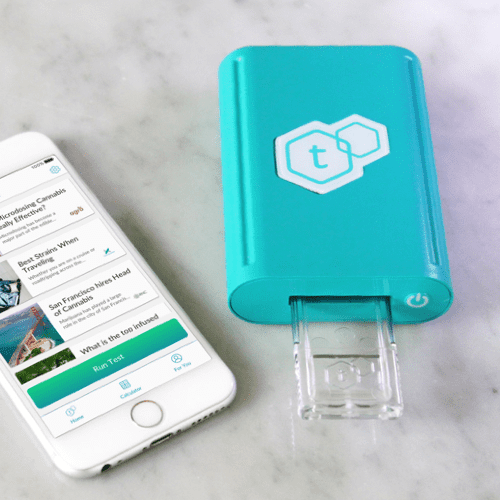GreenHopper
20 going on 60
So what has happened since 6 Apr. We got to the part where you were ready to test, then nada??
Sorry bud, I've been waiting for a friend to turn up so I could pass on the caps I made for him.
He was here this weekend and took 72 caps with them and will incrementally increase the dosage until they hit their sweet spot.
The intention is to then figure out how much they need per cap.
A quick summary of what I've done so far:
- 1.75g of GrandDaddyPerp cooked in 60ml of coconut oil for 8hr using a mini crock pot (no decarbing)
- Tested with tCheck and displayed results were 6.2mg/ml
- Created 72 caps (00 size) 0.91ml capacity
- Each cap should be 5.6mg of active components (6.2 / 100 x 91 = 5.642)
- Caps handed to Guinea Pig...ahem...I mean friend
EXAMPLE:
If they come back saying they needed 6 caps (about 34mg of actives) then I'll know that I'll need 10.5g of GDP per 60ml. That should test out at 37.2mg/ml on the tCheck. 37.2 / 100 x 91 = 33.852 so each cap would be approximately 34mg.
Unfortunately I don't have access to independent labs for testing the THC content of the pre infused oil or the results in order to scientifically confirm the tCheck but I can let you guys know what my real world experience with it is.
Hopefully my friend will come back some time in the next two weeks with a cap count and I can begin working on a second batch for him.
I just got some BlueBerry for myself so might have a go at creating some caps for myself starting with 0.5g/60ml and a second batch at 1.0g/60ml for comparison.






